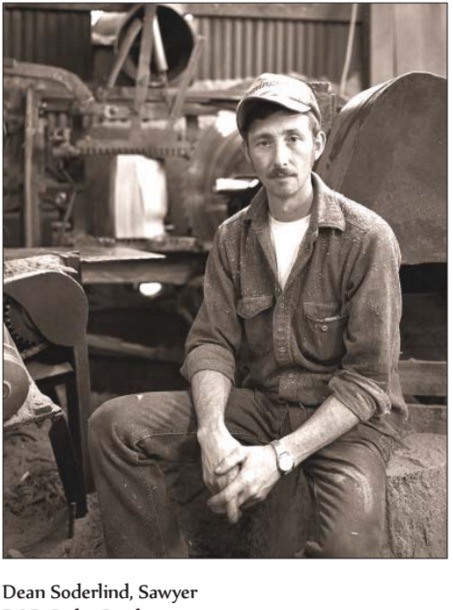On Friday, Nov. 13, the ONRC, 1455 S. Forks Ave., will host the work of John Tylczak. Tylczak came to the West End in the 1980s and photographed area logging and mill activities and the people that worked the jobs. The photos are black and white.
The evening will start with a slide presentation by Jack Zaccardo at 6 p.m. and Tylczak will speak about his work at 7 p.m.



